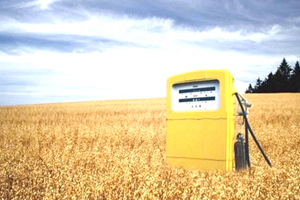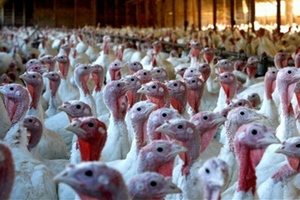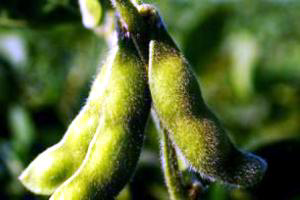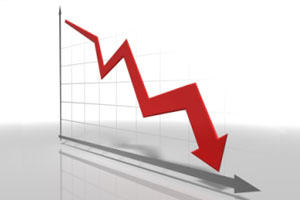Fragile poultry industry challenging US soybean farmers
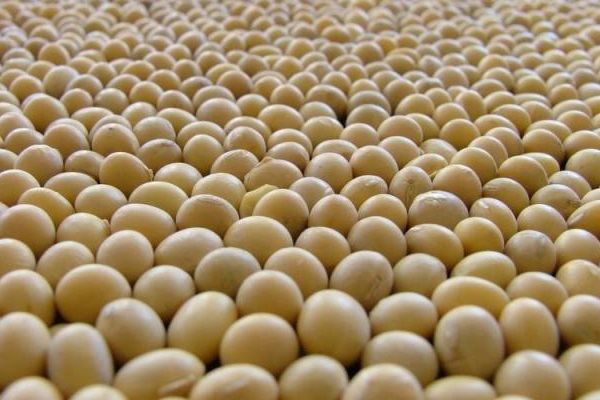
Challenges facing US poultry, livestock and fish farmers threaten the future profitability of the country’s soybean farmers, according to a new report that also analyses the economic impact of animal agriculture.
The report, prepared for the United Soybean Board (USB) and soy checkoff, concludes that the future success of the US soy industry is closely tied to the long-term competitiveness of its No. 1 customer, animal agriculture.
Rising feed prices and costs related to environmental and animal welfare regulations are just two factors that could significantly impact the practices involved with raising poultry, livestock and fish, the report says.
“US soybean farmers should care about animal agriculture because it’s their number one domestic customer,” said Lewis Bainbridge, chair of USB’s Domestic Marketing program and a soybean farmer from Ethan, S.D. “We need to be sensitive to the issues facing poultry and livestock farmers and make sure that we are providing high-quality soy meal.”
The study, looks at the production of broilers, eggs, turkeys, hogs, beef cattle, dairy and aquaculture between 2001 and 2011. It details the use of US soy meal in each sector and outlines the economic benefits poultry, livestock, and aquaculture provide at state and national levels.
In 2011, these benefits included support for 1.7 million jobs, $333 billion in total economic output, a $58 billion impact on household incomes and $18 billion in income and property taxes paid.
For US soybean farmers, US animal agriculture remains their most important customer. Overall, poultry, livestock and fish farmers in 2011 used almost 30 million tons of soy meal, or the meal from 1.27 billion bushels of US soybeans.
The meal consumption per poultry species broke down as follows:
• Broiler chickens: the meal from about 480 million bushels of US soybeans
• Laying hens: the meal from 93 million bushels
• Turkeys: the meal from more than 80 million bushels
Source: United Soybean Board




